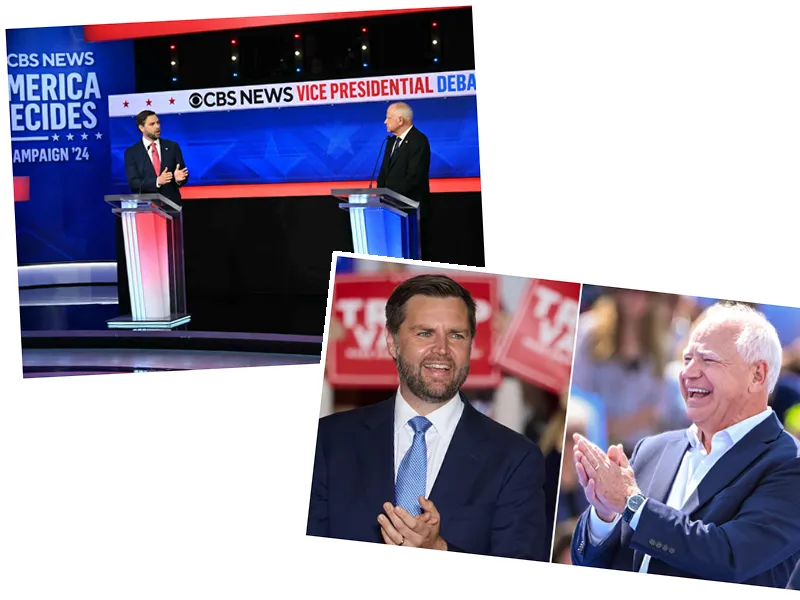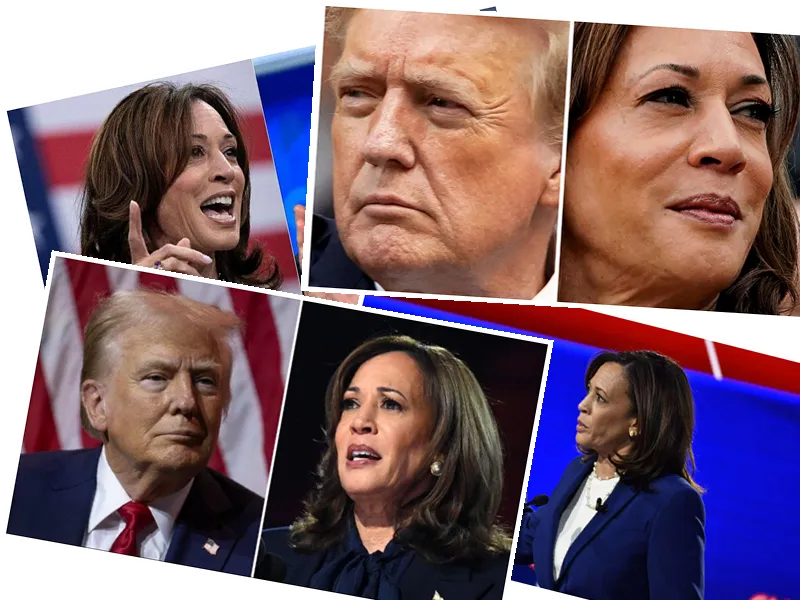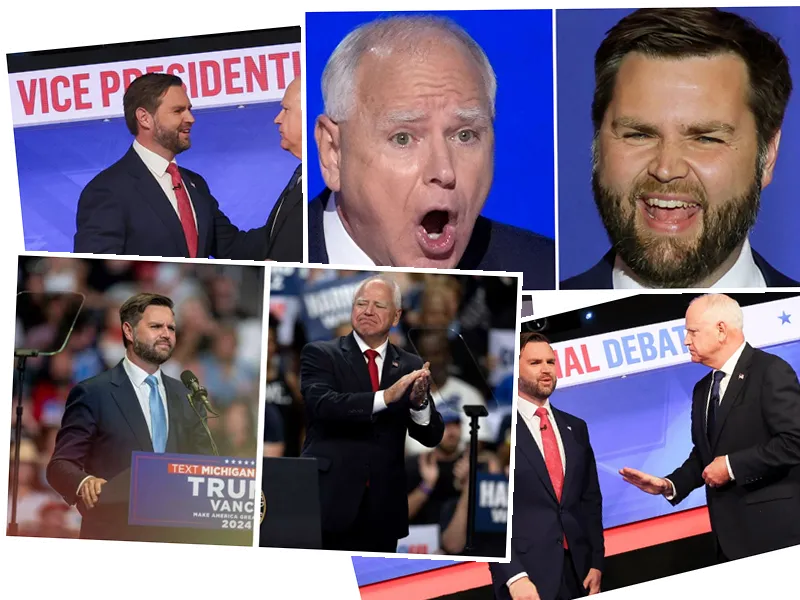US Vice Presidential Candidates Clash in High-Stakes Debate
The first and only televised debate between US vice presidential candidates, Democrat Tim Walz and Republican J.D. Vance, unfolded on Tuesday evening in New York, drawing significant attention as both parties gear up for the pivotal presidential election on November 5. With a 20-year age difference, the candidates showcased contrasting views on key issues, particularly regarding foreign policy and immigration. As the debate intensified, Vance criticized the Biden administration's handling of Iran, suggesting that the current tensions could be traced back to its perceived leniency. In response, Walz reaffirmed his support for Israel against Iranian threats, arguing that the Trump presidency failed to effectively contain Iran's ambitions.
The debate was marked by moments of contention, notably when anchors had to mute microphones due to escalating arguments over immigration policies. Former President Donald Trump took to social media to defend Vance, calling him “steady and strong” while labeling Walz as “nervous and erratic.” As both candidates vie for the support of swing state voters, this debate could be crucial in shaping their respective campaigns.
- ## Key Takeaways from the Vice Presidential Debate As the debate progressed, both candidates faced scrutiny over their military backgrounds. Walz, a former National Guard officer, was challenged by Vance, a former Marine, regarding his experience and responses during critical moments in Minnesota's recent history. Vance's strategy appeared focused on painting Walz as too liberal, leveraging past events like the Minneapolis riots to question his leadership. The debate format was unconventional, with candidates standing at lecterns instead of sitting, and no live audience present. CBS implemented strict rules, including the potential to mute microphones in case of disruptions. This setup aimed to maintain order during the 90-minute broadcast, featuring rounds of questions and timed responses. The stakes were high, as both candidates aimed to solidify their positions and sway undecided voters ahead of the election.





